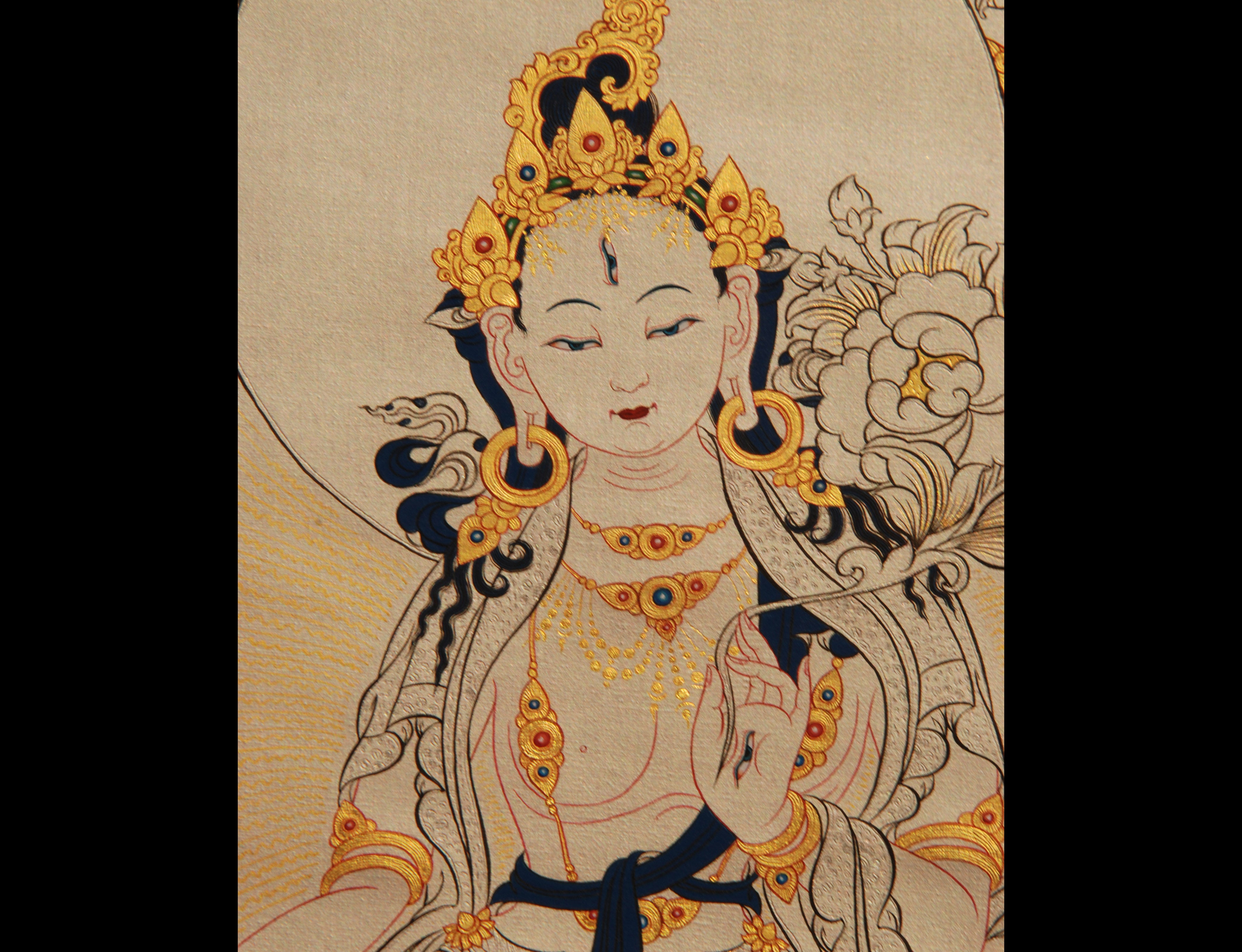
Women’s day is a day for celebration; and one to reflect on their role and place in Tibetan society. Tibetan religious culture has a unique place for women. At the highest level, in Tantric Buddhis...
Read more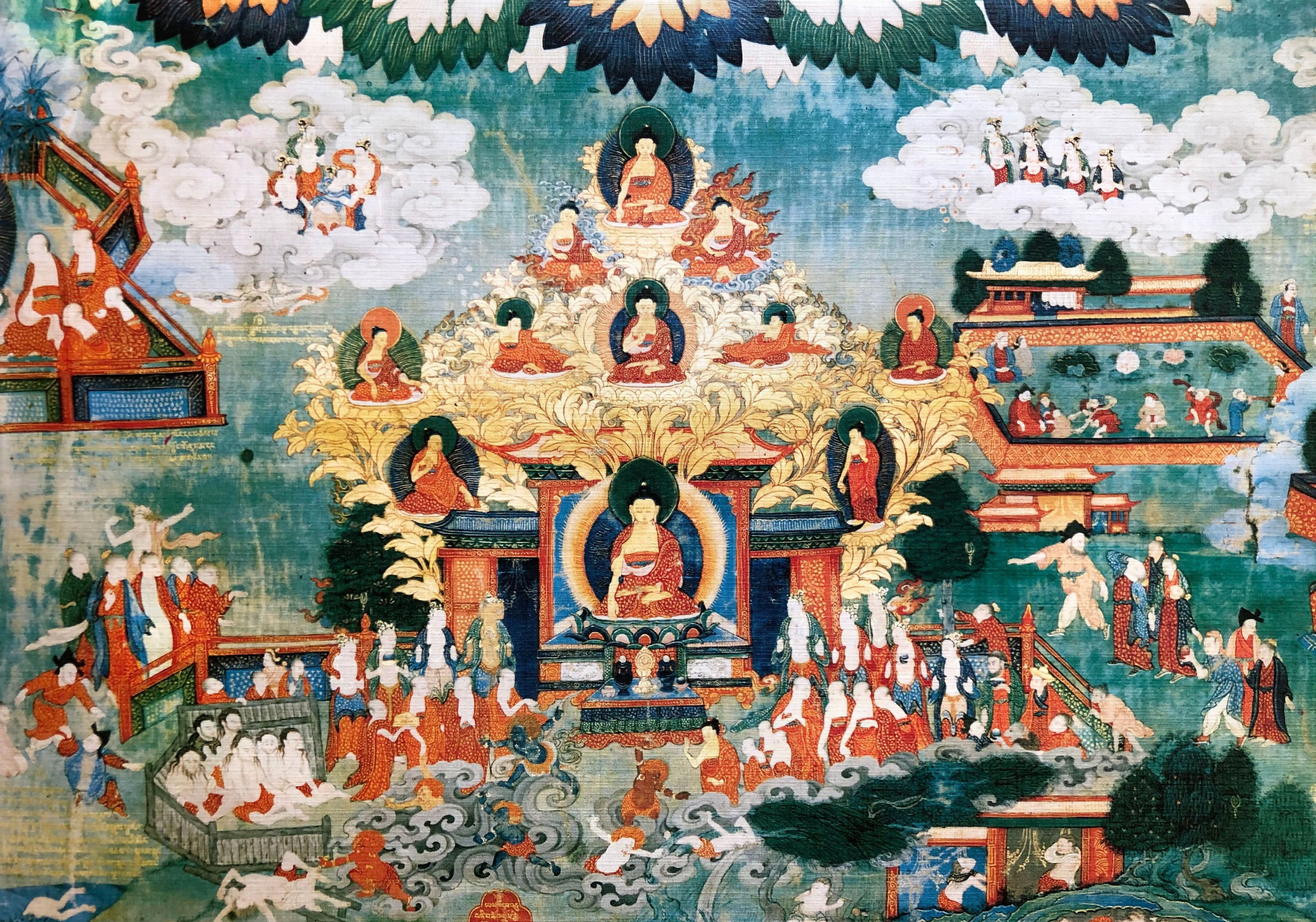
The Great Prayer Festival, or Monlam Chenmo, was established by Je Rinpoche, or Tsong Khapa, in Lhasa in 1409. The timing, the first two weeks of the New Lunar Year, or Losar was made to coincide w...
Read more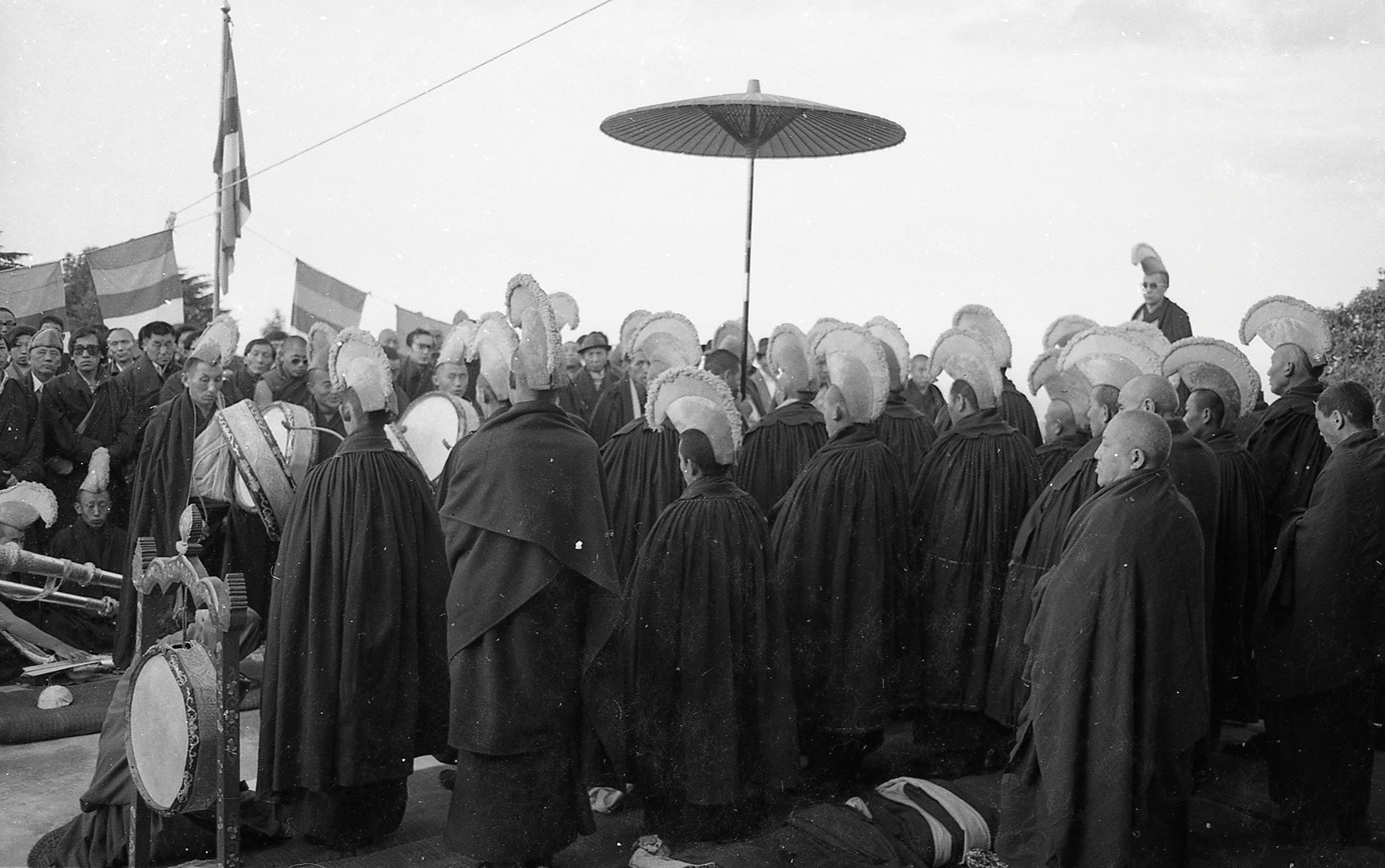
Losar marks the first day of the first month of the Tibetan lunar calendar; a time to put behind the negative aspects of the old year, make resolutions and turn a new leaf. On Losar, good omens wil...
Read more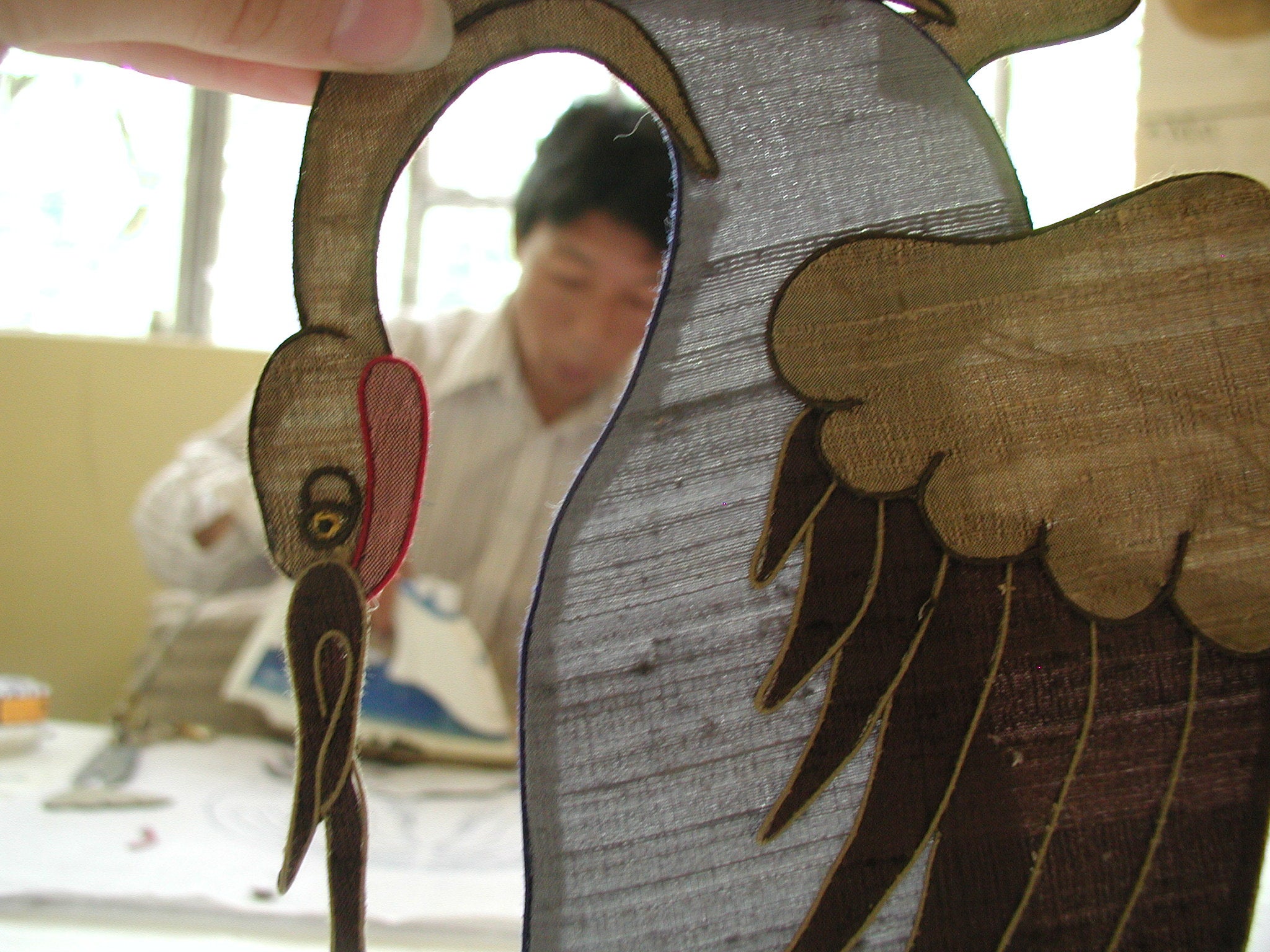
Norbulingka developed the art of applique in a unique way, using traditional motifs to create vibrant pieces for the home. Applique is an ancient craft abundantly found in Central Asia, where the e...
Read more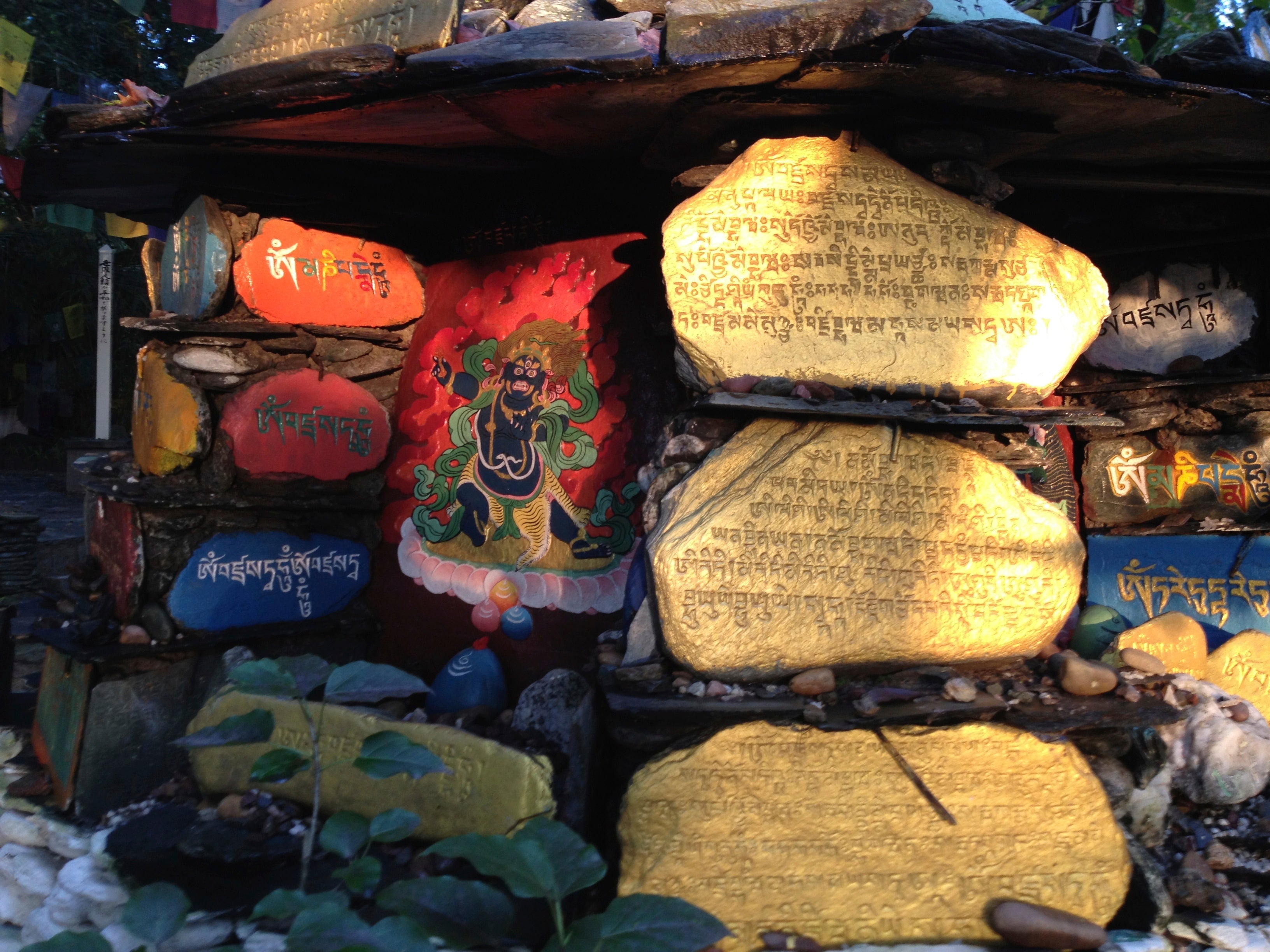
Norbulingka’s New Year Message
It has been an extraordinary year, shaken by a wave of change that caught us all unaware, and shook us to the core. Norbulingka is reliant on visitors for its income and committed to the support of...
Read more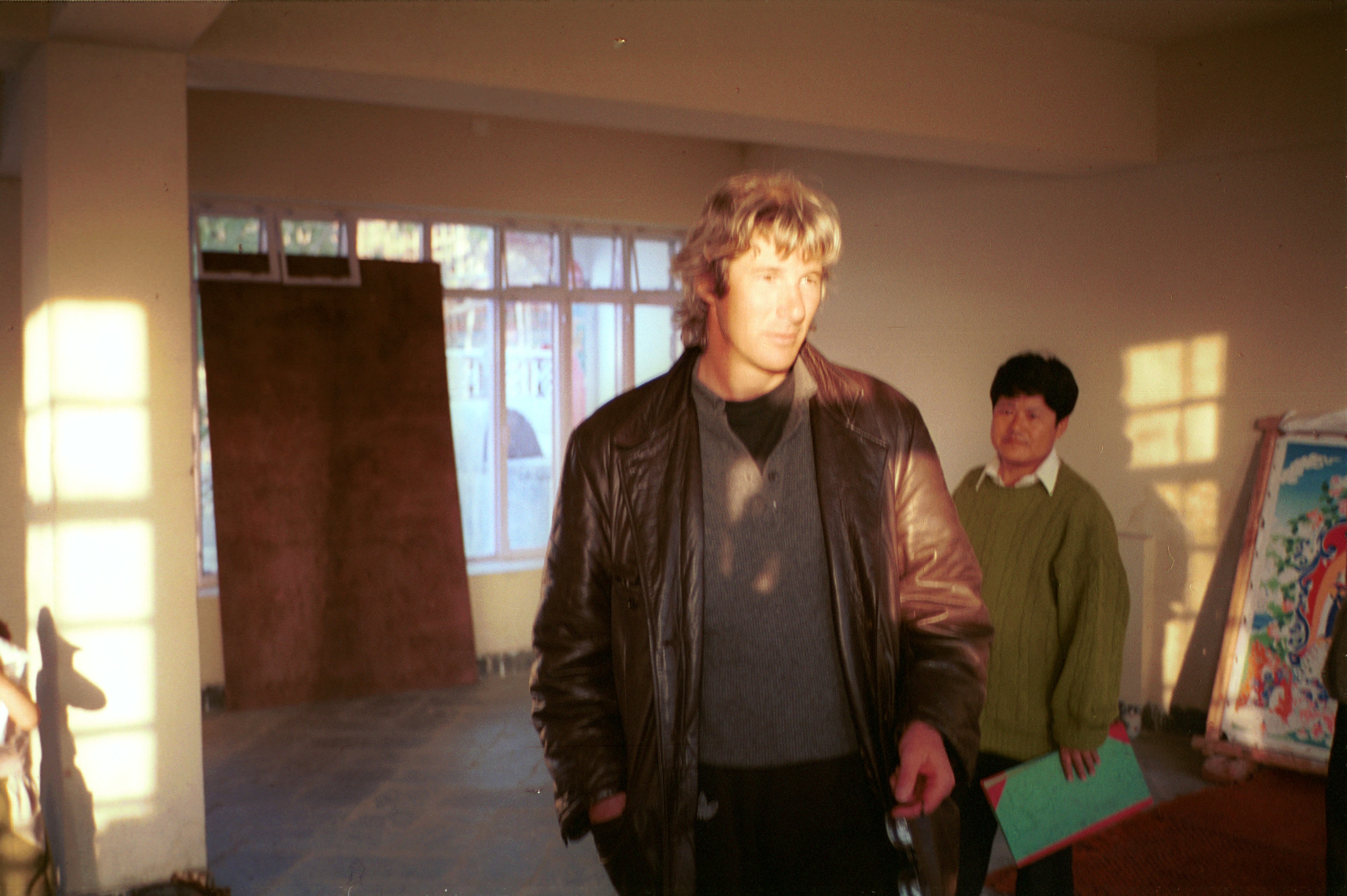
It is with great pleasure that we present our friend Richard Gere’s message. Richard, a Buddhist and a longtime friend of Tibet, has contributed to Norbulingka both in spirit and in action since it...
Read more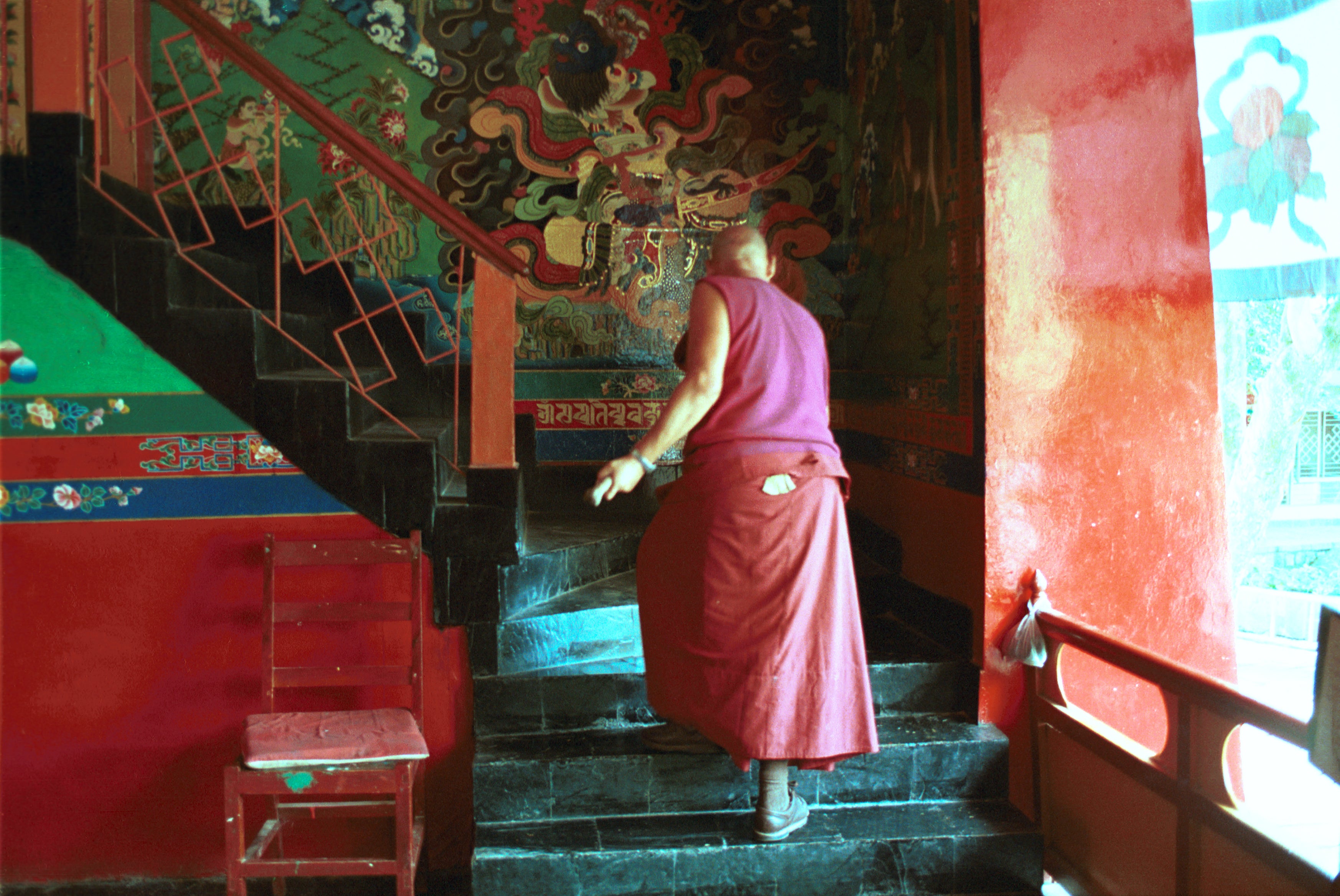
Norbulingka Anniversary Blog Series - Portfolios
Kim Andreolli In the last twenty-five years, a number of photographers have come through Norbulingka, creating stunning imagery that reflected the spirit of its activities and accomplishments, both...
Read more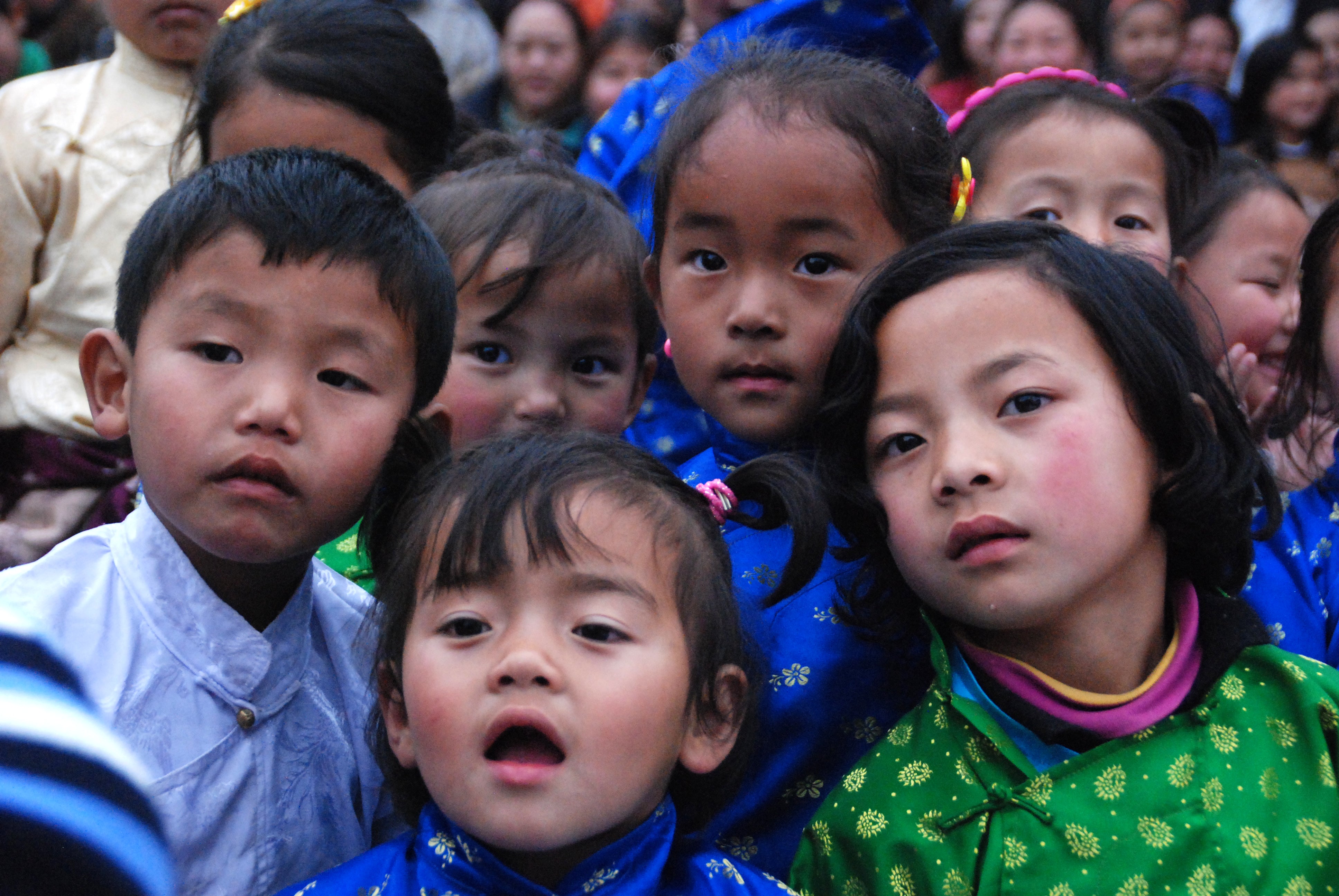
Though Norbulingka was inaugurated in 1995, it was a work in process with a growing number of employees, including families, who lived and worked there from 1990. The first child born in Norbulingk...
Read more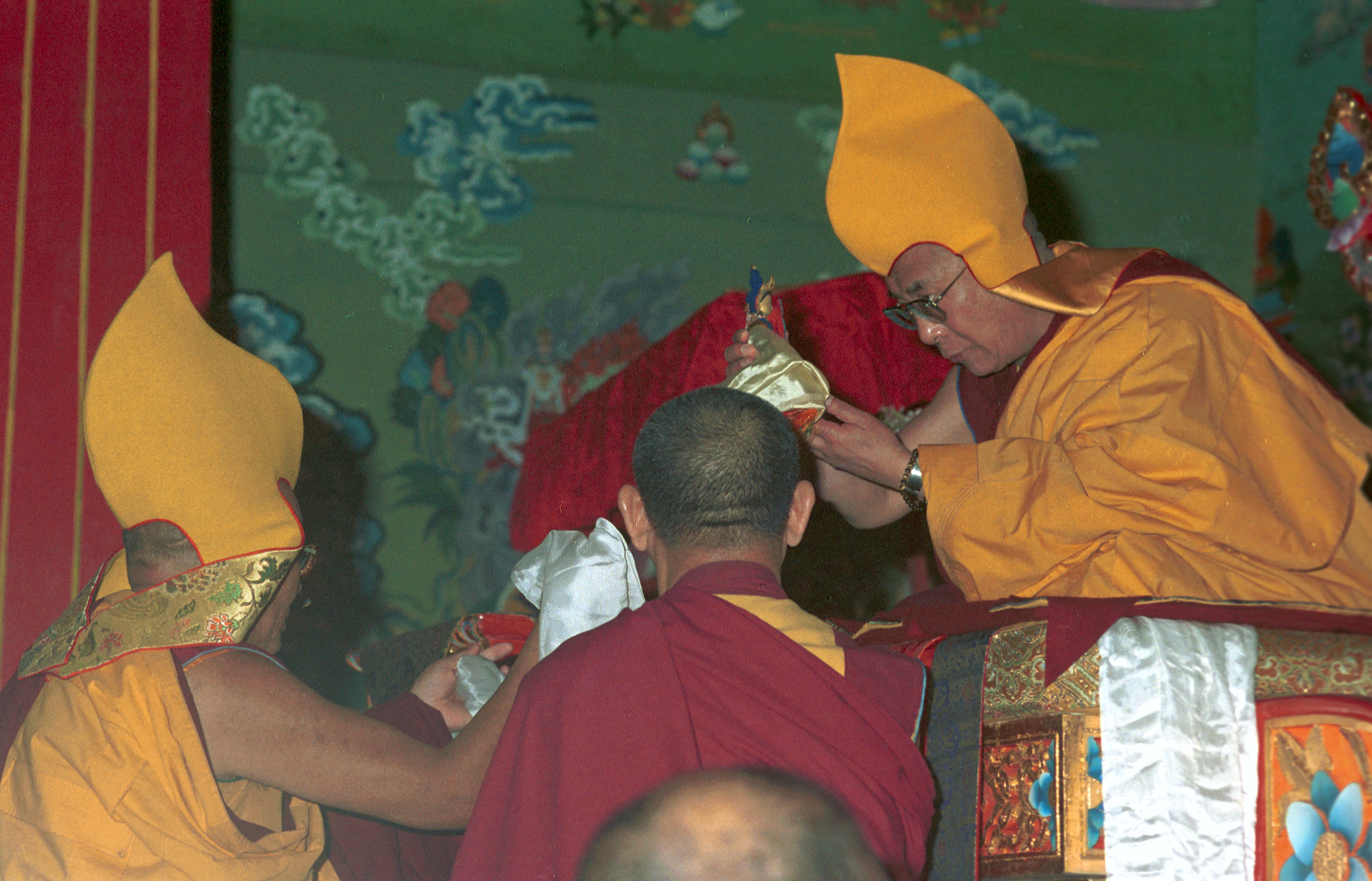
Norbulingka Anniversary Blog Series - Inauguration
The Norbulingka inauguration celebrations began on November 8, 1995, and lasted 3 days. The first was marked by the opening ceremony, presided by His Holiness the Dalai Lama, which included speech...
Read more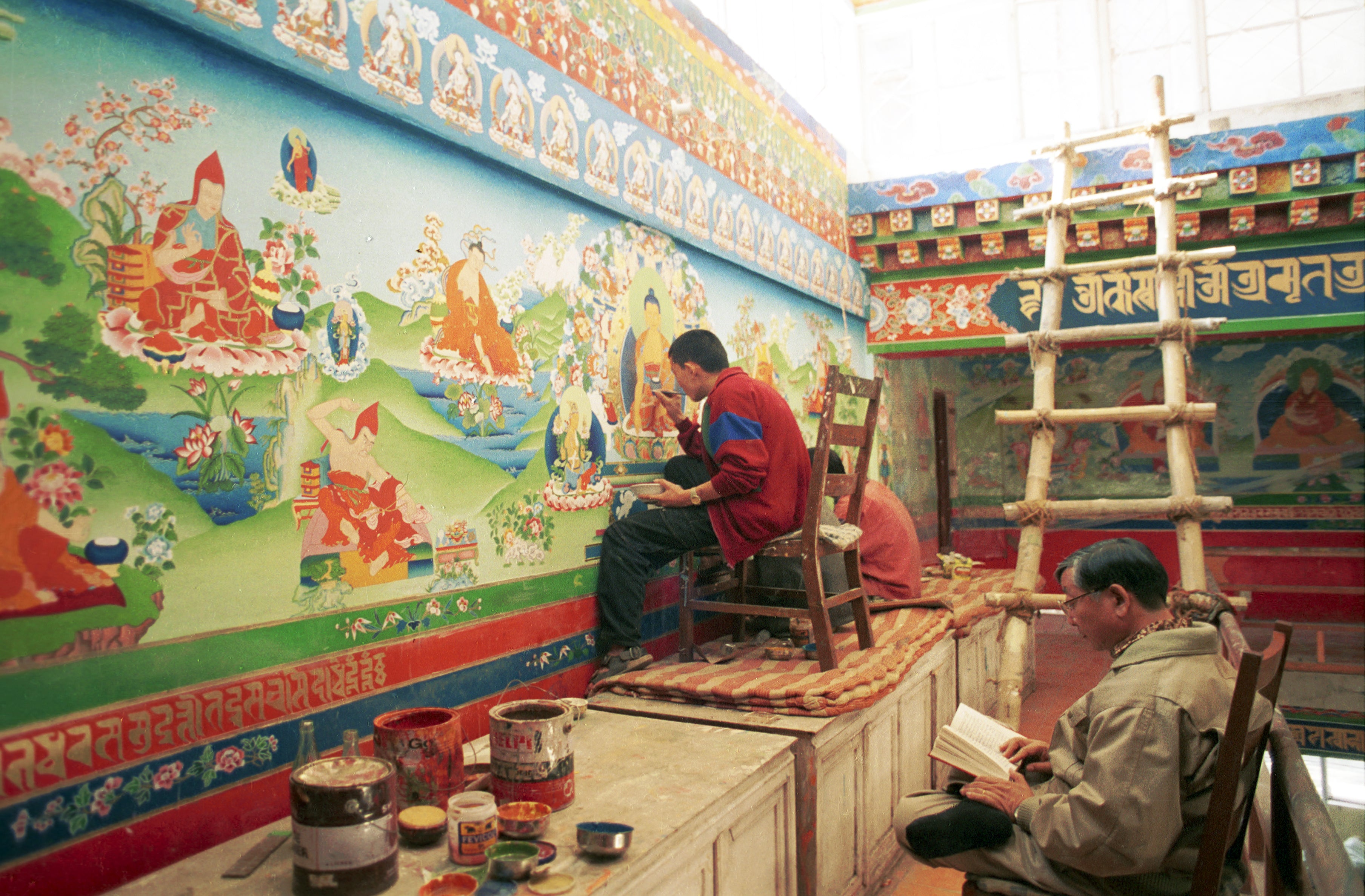
Norbulingka Anniversary - Blog Series
Norbulingka has turned twenty five. It is actually more than that, as the anniversary marks its inauguration, the beginning of its life as an Institute, able to serve the community and accomplish i...
Read more
